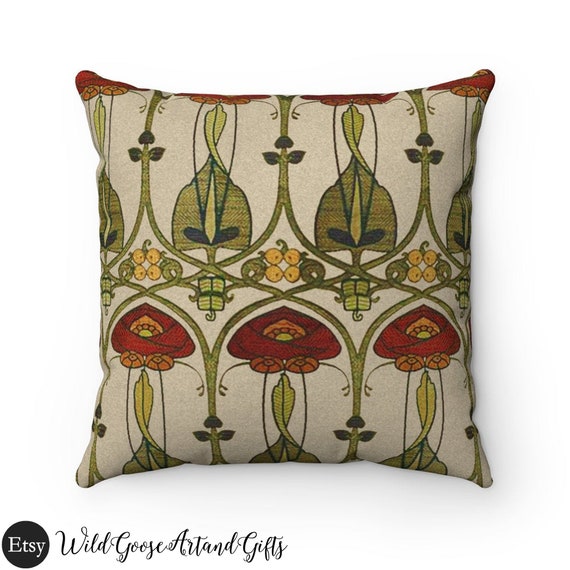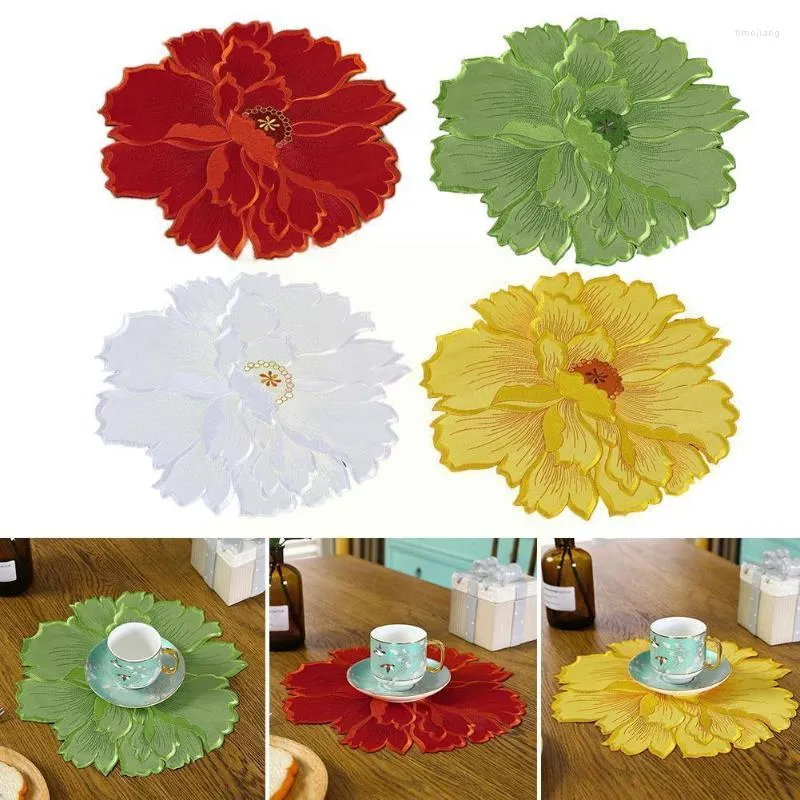What Does Unique Art Mean?
What Does Unique Art Mean?
Blog Article
Top Guidelines Of Unique Art
Table of ContentsUnique Art - The FactsNot known Facts About Unique ArtThe Only Guide for Unique ArtTop Guidelines Of Unique Art
While one might question which art form holds priority, the truth remains that each of these 7 types supplies a distinct window right into human background, society, and advancement. They are the tapestries that chronicle our trip, reminding us of our past while motivating visions for the future.Terrific art work tells a story, makes individuals look two times, and produces an one-of-a-kind experience that can not be matched. Art and illustrations communicate all of that via shade, shape and other style elements. Learn exactly how to make your distinct artwork stand apart from the crowd.
3 Emil DervishIn this entrance by Emil Dervish that lovely cobalt blue door swipes the show. To bring also extra dramatization, he prolonged the paint. to the doorframe and the wall up, ending up in an arched form. The contours, together with a round sconce, soften the sides - Unique Art. Structures classic posters and maps of cherished locations established the scene.
8 TRIA GIOVANEqual parts grand and laidback, this entrance hall created by Anthony Baratta is the best plan to comply with if you're embellishing an official entrance that still really feels unfussy and comfortable. Patterned textiles take center phase (see the carpetings and the couch), yet they likewise help bring the high ceilings down to a human scale when hung over wallpaper.
9 Simple Techniques For Unique Art
18 Heidi Caillier DesignA gallery wall surface does not require to use up the entire area. Sometimes a little one can make a larger style statement. In this living-room, Hiedi Caillier opted for micro-mini structures and a random composition. Promotion - Continue Reading Below19 Stephen Kent JohnsonDesigner Juan Carretero chose a deep environment-friendly paint color to comparison with the light wood coatings.
, the expression of concepts and feelings, with the development of certain visual qualities, in a two-dimensional visual language. The components of this languageits shapes, lines, colours, tones, and texturesare made use of in various methods to produce feelings of quantity, area, motion, and light on a level surface. These components are integrated into expressive patterns in order to stand for actual or supernatural phenomena, to translate a narrative motif, or to develop entirely abstract aesthetic navigate to this website connections.
Later on the concept of the "fine musician" developed in Asia and Renaissance Europe. Noticeable painters were managed the social status of scholars and courtiers; they signed their work, determined its layout and usually its subject and imagery, and developed a more personalif not constantly amicablerelationship with their patrons. During the 19th century painters in Western cultures started to shed their social setting and safe and secure patronage.
More About Unique Art
Others gained an earnings through exploring events of their job. The requirement to appeal to an industry had replaced the similar (if much less impersonal) demands of patronage, and its impact on the art itself was most likely comparable also. Unique Art. Generally, artists in the 20th century might get to an audience just via industrial galleries and public galleries, although their work may have been sometimes duplicated in art regulars
For the history of painting in old Egypt, see Egyptian art and design. The development of painting in different areas is dealt with in a number of write-ups: Western paint; African art; Main Asian arts; Chinese paint; Islamic arts; Japanese art; Korean art; Native American art; Oceanic art and style; South Oriental arts; Southeast Asian arts. , even when a paint's narrative meaning is odd.
Don't replicate the design of various other musicians if you're attempting to discover your design. Duplicating other individuals's artwork can be great in instructional purposes however it will not make you closer to finding your own unique design. Your creative design needs to be, what you such as and what motivates you.

5 Simple Techniques For Unique Art
You need to try great deals of various options and explore everything prior to you can focus on one certain design or you'll be burnt out, or worse, you'll dislike your very own style. So I suggest you to try each and every single subject that you're interested in, explore as high as you can. Attempt different tools that excite you and brand-new methods you have actually never ever attempted before.
With time you'll be able to sort every one of them into your favored and the very least favored groups. Attempt to concentrate your attention on the topics and tools that you like and prior to you see it coming you'll have your own personal and special style, like no one else have! In the end you'll have a few preferred subjects to repaint and maybe a couple of favored tools.

Report this page